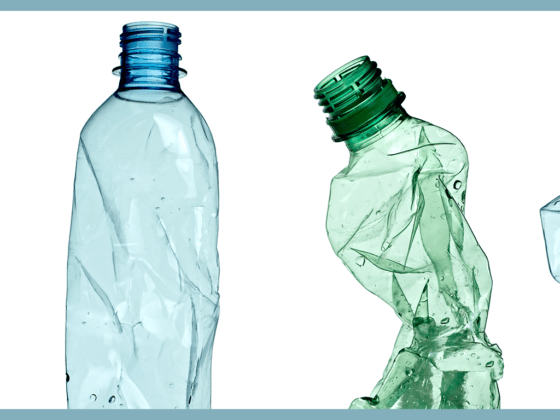Cars keep on being major polluters: Not only exhaust gases, but also particulate matter and microplastic emissions are among the causes of mobility-related environmental pollution. A prototype designed by the German Aerospace Center (DLR) is intended to remedy this situation: Together with two specialist companies, the institute has developed a vehicle that could become the greenest car of all time: the ZEDU-1.
According to the developers, the nearly emission-free prototype is the most environmentally friendly road vehicle in the world. It runs on an electric drive basis, and also greatly reduces the emitted pollutants that are generated by the abrasion of tires and brakes. All this is possible because of new components that are immediately recognizable at first glance: The wheels are enclosed. Inside, too, much is new: The brakes are encapsulated, and there is an extraction system for fine dust and tire particles.
Covered wheels, extraction system for fine dust – is that really necessary?
“For us, the health of the people and an unpolluted environment are in the foreground. The ZEDU-1 project focuses on the components that have so far received rather little attention and are now gradually regulated by the EU Commission through legislative measures in their emissions: namely brakes and tires,” explains Professor Tjark Siefkes, Director of the DLR Institute of Vehicle Concepts.
Fine dust emissions are a huge problem
The problem of particulate matter and microplastic emissions from road traffic is underestimated by the public. The researchers write, “The abrasion of tires on roads is responsible for more than a quarter of microplastic emissions worldwide. The small particles enter the sewage system when it rains and thus enter the water cycle. In Germany alone, that’s about 110,000 tons a year.”
To remedy the situation, not only the wheels and brakes were wrapped in the ZEDU-1, the aerodynamics are also completely new. The sporty radiator grille has a completely new function: behind the front unit sits a fan unit that helps collect and filter the microplastic particles created by tire abrasion: the particles are sucked up while driving and cleaned in a multi-stage filter system.
Is this really what our cars will look like soon?
Still a long way off? Not at all: As early as 2025, the Euro 7 standard is to apply. Even stricter regulations will then apply to emission values. The researchers therefore also expect rapid progress: The technology is now to be converted to scale with the industry and go into series production.
Competition for German researchers comes from UK
The German institute isn’t the only one working on fine dust extraction systems for tire abrasion. There’s a startup tinkering with competing technology in the United Kingdom. How the tire vacuum cleaner from the UK works, you read here.
You might also be interested in:
Independent certificates strengthen quality assurance for recyclates in the automotive industry
 English
English Deutsch
Deutsch




